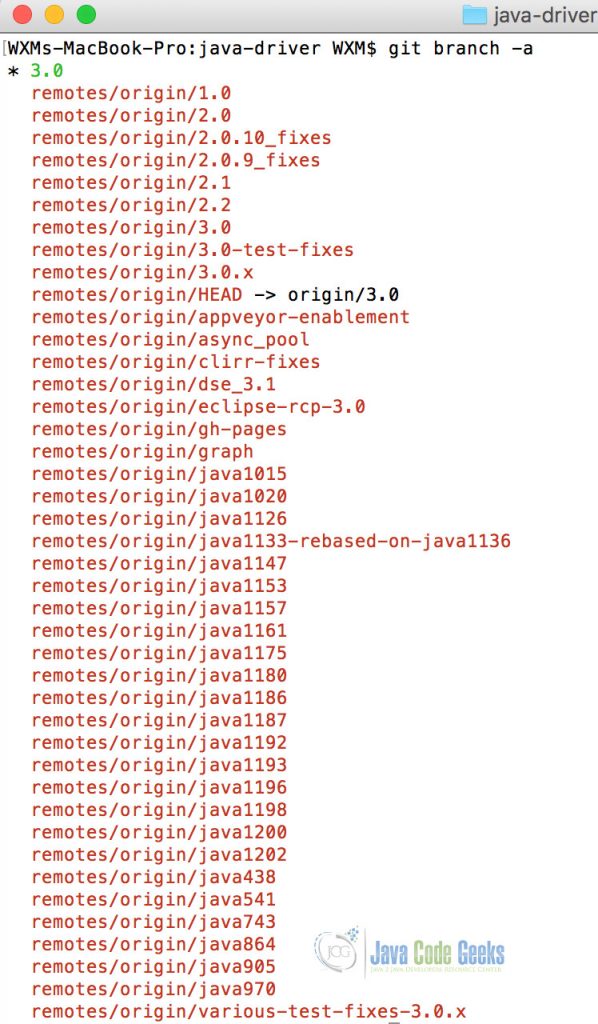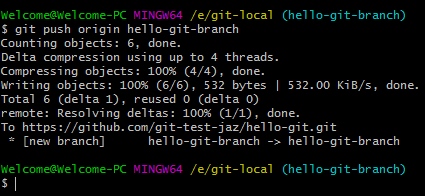

As an example, you usually run git push origin main to push your local changes to your online repository.
A remote name, for example, origin A branch name, for example, main For example: git pushIf you run it in "git bash" the script will work, but you can't run it from the native console without having installed something special. The git push command takes two arguments.
#Git push branch to remote code#
If you use my code you probably want to use credential caching, otherwise you have to type your credentials serveral times. There may be a better way, that doesn't do several pushes. If your old, no-longer-active remote is called 'oldremote' and your new remote is called 'newremote. As an example, you usually run git push origin. The git push command takes two arguments. There is a second alternative, which doesnt require a checkout of each branch, doesnt create extraneous branches in the working copy, and doesnt even modify the files in the working copy. Use to push commits made on your local branch to a remote repository.

This flag is what tells Git to push all of your branches instead of just the one you're currently working on. Just change origin1 to the source remote, and origin2 to the destination remote.Ĭopy this into "remoteBranchCloner.sh" and call it using "sh callBranchCloner.sh". Option 2: Push without changing your working copy. Finally, once you are ready, you can run this command to push all branches to your remote repository: git push -all origin This is essentially the same git push command you're familiar with, but with the -all flag added. Then, while the branch is still checked out, you can set it an upstream branch for it, which means the local branch will be tracking its remote counterpart for changes instead of the master. The git push command allows you to send (or push) the commits from your local branch in your local Git repository to the remote repository. These answers required that the local branches previously existed SRC_R=origin1įor cbranch in $(git branch -r | grep $SRC_R | cut -d '/' -f2,3,4,5 | cut -d ' ' -f1) The Git push command is the first one you will want to run, effectively placing your new branch on the remote repository: git push origin staging. I needed to push several branches from one remote to another.

For any script I sugges you run, it would be wise to stash or commit all your changes. Push the local branch to the remote repository (publish), but make it trackable so git pull and git push will work immediately.


 0 kommentar(er)
0 kommentar(er)
